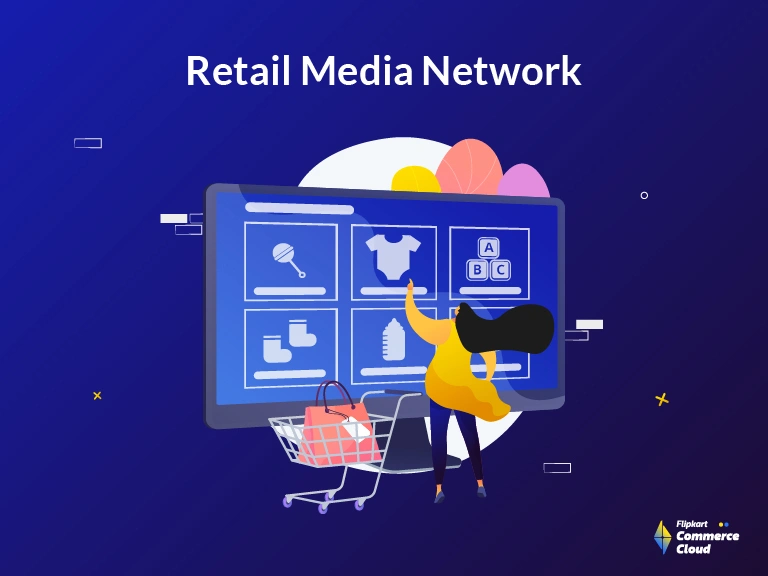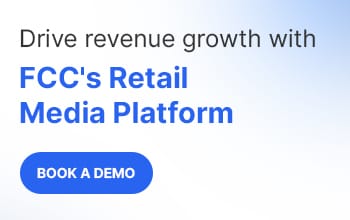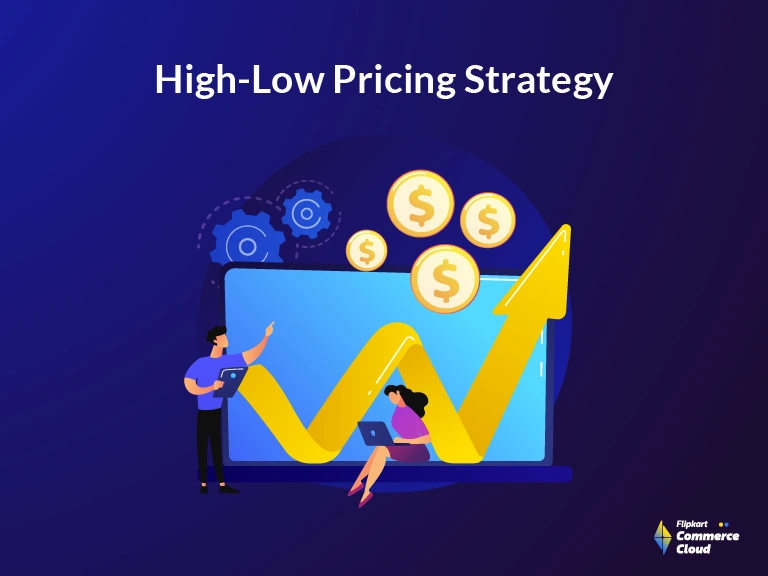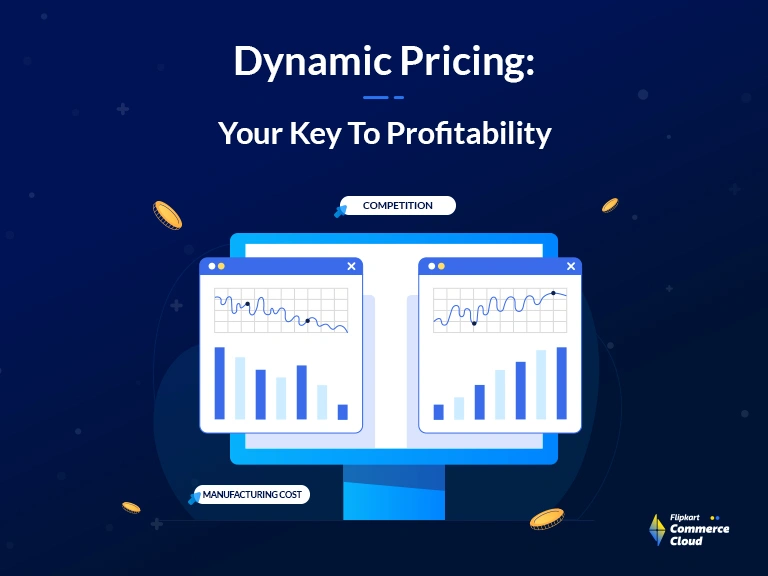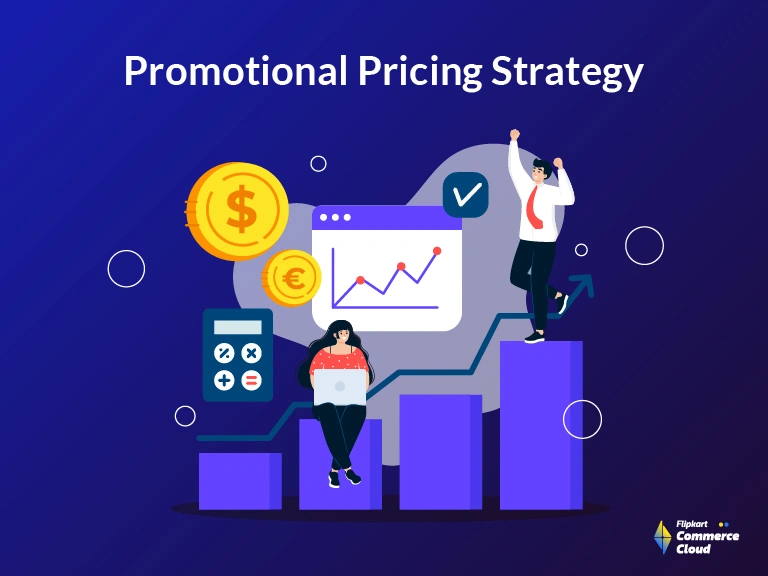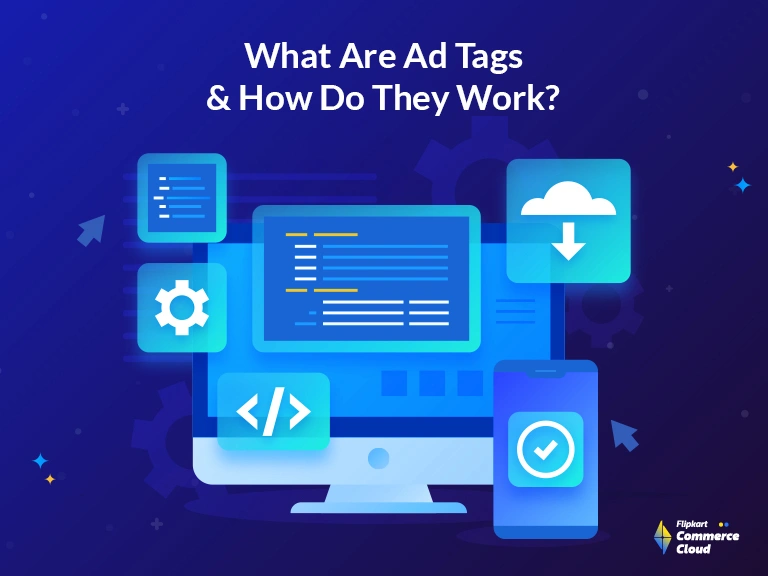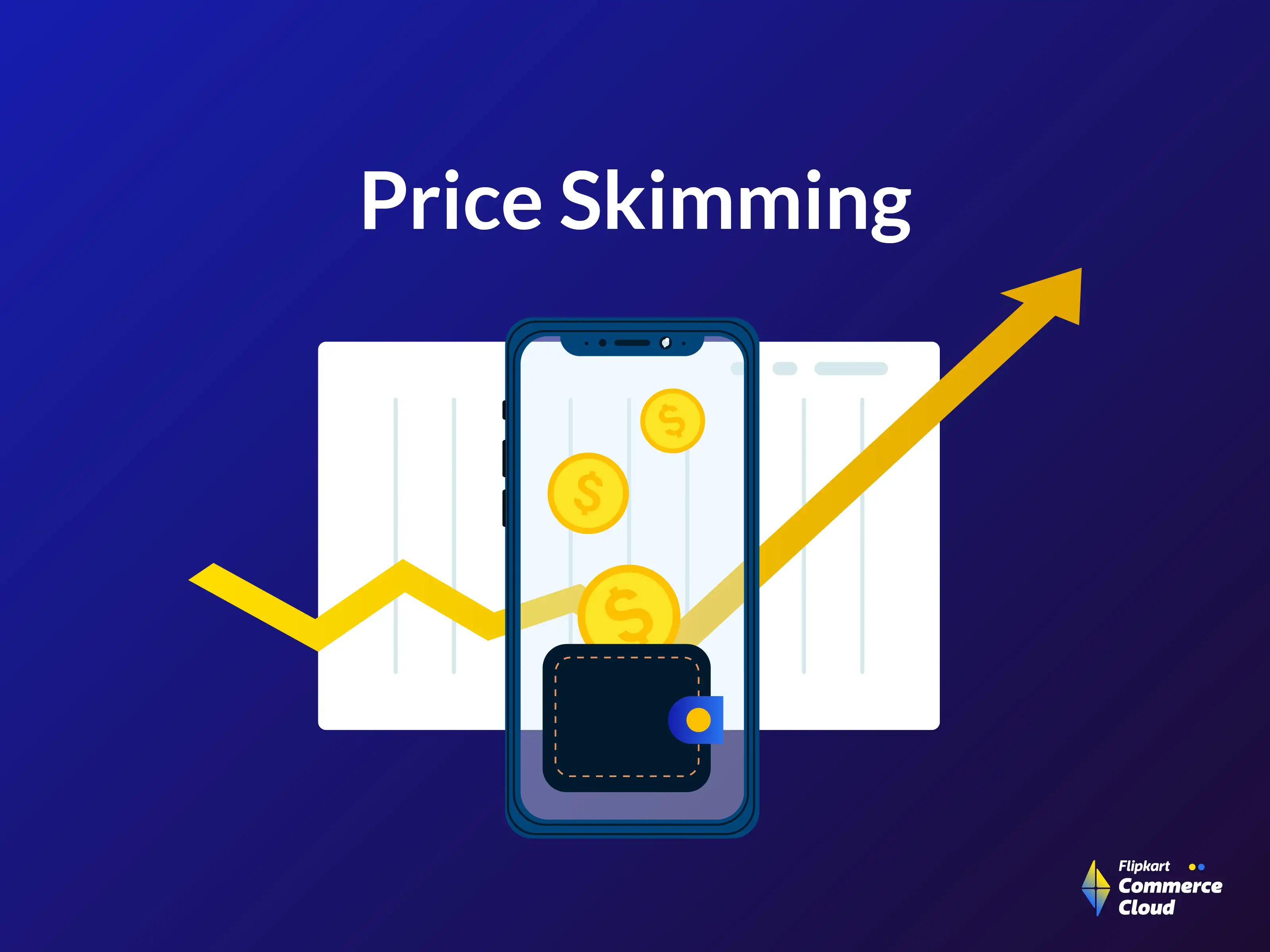Retail Media Networks (RMNs) are changing how ads work for retailers and brands, giving way to a new era of online shopping. These networks help enterprises engage prospective customers by leveraging data through targeted advertising. This approach helps brands with enhancing their visibility and promoting growth. This is the reason that over 74% of brands already have dedicated budgets for RMNs, and by 2024, the total retail media spend in the US alone is expected to surpass $61.15 billion, indicating the growing importance of this sector.
In today’s competitive retail environment, the ability to engage consumers with customized content is crucial for a brand’s success. In this blog, we will explore the critical elements of retail media networks and provide insights on creating a robust retail media strategy for higher sales. Let’s get started.
What are Retail Media Networks?
They allow brands to place ads on the retailer’s website, app, and other digital properties. These networks use the retailer’s first-party data to target customers as they shop online, making it one of the most effective advertising technologies.
The COVID-19 pandemic gave an incredible boost to online and app-based shopping. This led retailers across the globe, like Home Depot, Best Buy, and Ulta Beauty, to build retail media platforms of their own and drive growth.
Here are a few examples of some most known retail media networks:
- Walmart Connect: Walmart’s Retail Media Network (RMN), known as Walmart Connect, partners with over 150,000 sellers and has an extensive customer reach through its online store as well as numerous physical stores. Every year, 90% of American households rely on Walmart for a range of products from must-buy brands, both large and small. More than 150 million customers shop with Walmart in-store or online every week. Walmart Connect offers a variety of ad formats, including sponsored search, sponsored products, and sponsored brands. Walmart has also expanded its ads to self-checkout screens as well and has launched a robust demand-side platform, Walmart DSP, to expand its off-site media offerings at scale.
- Flipkart: As one of India’s largest online retailers, Flipkart caters to a wide audience and partners with over 1.4 million sellers. It has a customer base of more than 400 million, offering over 150 million products across 80+ categories. Most of the new shoppers on Flipkart (about 60%) come from tier-3 or smaller cities. Flipkart provides a robust platform for brands to increase their customer reach and sales in India.
How Does a Retail Media Network Work?
As a retailer, you own prime digital real estate, i.e., your eCommerce sites, apps, and other online channels. This advertising space is highly sought after by brands aiming to reach consumers at the peak of their purchase intent. RMNs create a bridge between your platforms and brands interested in advertising there. Here is how retail media network works:
- Ad Space Purchase: You allocate spaces on your digital platforms where brands can bid for ad space and place their product for viewing. These could range from banner ads on your homepage to product recommendation sections and search result pages. Brands then purchase these ad spots, aiming to place their products in front of their target consumers.
- Ad Placement: Advanced algorithms are used to analyze shopper behavior, preferences, and search history to display the most relevant retail ads on your Retail Media Network. Advertisements are then placed on the most important pages, like the search result pages, where ads can target specific keywords. Another popular option is the home page, which attracts the most organic traffic.
- Data-Driven Targeting: The use of first-party customer data allows marketers to reach in-market shoppers at the Point Of Sale (POS) across all channels you own. This ensures that ads are shown to those customers who are most likely to be interested in the product.
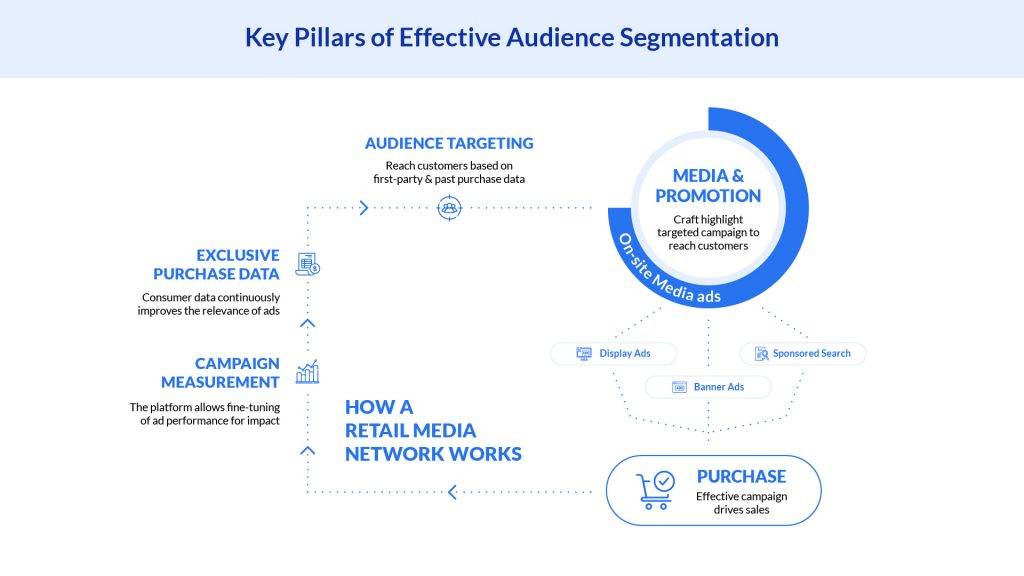
Why are RMNs crucial for Brand Visibility and Growth?
Retail media networks put ads right where interested shoppers can see them, making brands more noticeable. For example, when people browse your marketplace, they come across ads from different sellers, giving those products or services more attention. When businesses put money into these online ads, they can enhance consumer awareness and engagement during the shopping process.
RMNs also contribute to advertisers’ sales growth and customer acquisition through strategic placement of ads, ensuring higher click-through rates. This helps drive more traffic to the products from the advertising enterprise, potentially leading to increased sales.
RMNs rely on detailed data analysis to figure out what consumers like. They look at how people browse, what they have purchased before, and other information to show ads tailored to each customer. This approach is focused on data, and it not only makes shopping better but also improves the chances that customers will buy something.
What are the Benefits of Retail Media Networks?
A Retail Media Network offers a wide range of benefits for both retailers and brands. Here are a few of them:
Benefits for Brands
- Targeted Advertising: By placing ads on digital retail platforms, brands can increase the likelihood of conversion as they can target the audience who is receptive to such messages.
- Access to First-Party Data: RMNs provide brands with access to valuable first-party data, which is more reliable than data from third-party cookies.
- Enhanced Brand Visibility: Visibility is not just about the number of views but also about the quality of those views. Targeted visibility offered by RMNs provides an opportunity for brands to differentiate themselves and showcase their unique selling propositions. This helps them build brand awareness in the crowded marketplace.
- Increased Sales Efficiency: RMNs can drive more traffic to a brand’s website or product page, potentially leading to increased sales.
- Confident Advertising Decisions: The data-driven insights provided by RMNs can help brands understand customer behavior better and create personalized advertising strategies.
- Promotion of Relevant Products: RMNs enable CPG brands to promote products that are relevant to the consumers. This allows customers to discover the products they are interested in easily.
Benefits for Retailers
- New Revenue Streams: RMNs open new avenues for ad revenue generation. By selling ad space on your digital platforms, you can create a steady stream of income that complements your core retail business.
- Monetization of First-Party Data: As a retailer, you have access to a wealth of first-party data. RMNs allow you to monetize this data by providing ad space to brands, helping them reach the right audience segment.
- Capitalizing on Rising Retail Sales: With the surge in retail, now a number of RMNs, provide an opportunity to benefit from this trend. By offering a platform for brands to advertise their products, you can enhance the shopping experience for the customers on your site and drive growth in sales.
How to Leverage RMNs for Your Brand?
Here are the important aspects of a Retail Media Network that can help brands and retailers achieve their desired goals:
Strategic Planning
To gain the maximum benefit from a Retail media Network, brands should:
- Choose the Right Retail Media Network Partner: Each RMN has a unique user base with distinct shopping behaviors and preferences. Understanding these qualities can help brands tailor advertising strategies to attract the platform’s audience.
- Identify and Promote Relevant Products: Brands can use RMNs to make the most of the market trends to promote specific products. This relevance can enhance the shopping experience and increase the likelihood of purchase. For example, a toy brand could increase its ad spend on an RMN during the Christmas season when demand for toys is high.
- Consider the Consumer Journey: When placing ads, brands need to consider different stages of the consumer journey. Custom ads should be placed at various stages of the journey to create maximum impact. For example, a fitness equipment brand might start with general workout tips ads for awareness, then target specific product ads on related pages as consumers move from consideration to decision.
- Align RMN Campaigns with Business Goals: Brands must ensure that their RMN campaigns are in sync with the overall business objectives. For instance, a health supplement brand looking to expand to a new region might focus its RMN efforts on that specific area. This means the brand should promote products appealing to regional preferences, directly supporting their expansion goals.
- Leverage First-Party Data for Effective Targeting: Brands can harness the power of first-party data provided by RMNs to fine-tune their ad targeting. This data enables personalized ads that appeal to individual consumers. For example, a skincare brand could use data indicating growing customer interest in sustainable products to tailor ads to highlight their eco-friendly line, directly addressing consumer preferences.
Effective Campaign Execution
Here are the best practices to ensure effective ad campaign execution on RMNs:
- Diverse Ad Formats: To appeal to different customer preferences, advertisers must use a range of ad formats. This approach ensures that they effectively engage audiences at every stage of the buying journey as every ad type offers unique benefits. For instance, image-based ads capture attention, video ads are useful for storytelling, and interactive elements are good for user engagement. By using a combination of ad types, brands can leverage their respective strengths for a compelling campaign.
- Highlight Audience Value: The success of an ad campaign depends on understanding the audience value of an RMN. Shopping behavior and demographics of the audience are valuable data points that can help tailor digital marketing campaigns for specific target markets. Advertisers need to incorporate these key buyer characteristics into their campaign strategies. This not only attracts the right audience but also ensures the fulfillment of advertising objectives.
- Data-Driven Advertising: RMNs are data-rich platforms that provide crucial information on user demographics, shopping behaviors, and engagement metrics. This data is the key to successful advertising campaigns as it helps with informed advertising decisions, optimizing ad placements, and enhancing campaign effectiveness. Advertisers must leverage these data-driven strategies along with the insights provided by RMNs to execute successful campaigns.
Measuring Success
Here are some Key Performance Indicators (KPIs) that can help measure the success of digital advertising campaigns:
- Share of Voice: This is a crucial metric as it measures the visibility of ads within the RMN. The more the ads are seen (higher Share of Voice), the more successful the campaign. It can be measured by dividing the total ad impressions by the total estimated impressions available.
- Search Ranking: This metric indicates the prominence of the ads in the search results within the RMN. Higher search rankings can lead to increased visibility and click-through rates, indicating a successful campaign. It can be measured by tracking the position of your ads in the search results.
- Incremental RoAS (Return on Ad Spend): This measures the additional revenue generated for each advertising dollar spent. It is a good indicator of the success and profitability of RMN campaigns. It can be calculated by subtracting the cost of the advertising from the revenue generated and then dividing it by the cost of the advertising.
- Category Reach: Reaching the right audience is crucial for campaign success. In retail media networks, this means targeting potential customers within relevant product categories. It helps understand which ad categories are performing well and which require further optimization. Category reach can be measured by tracking the number of unique users who have seen the ads in each category.
What Are the Top Considerations When Choosing the Right Retail Media Network?
When selecting the right RMN, advertisers should consider some crucial factors to ensure that the chosen platform aligns with their marketing goals and target audience. Let’s have a look at some important considerations:
- Target Audience Profile: The RMN should have a strong alignment with the target audience. Understanding the demographic and behavioral profiles of the network is vital for ensuring campaign effectiveness.
- Quality and Accessibility of Consumer Insights: Advertisers should look for networks that offer detailed analytics and reporting tools. This feature allows for the fine-tuning of campaigns based on consumer response.
- Cost-Effectiveness: Along with the reach of an RMN, marketers need to assess the return on investment (ROI) potential. It is vital to consider the direct costs of advertising and the expected conversion rates.
- Size of the Network: Larger networks offer extensive visibility, but niche networks can provide targeted access to specific consumer segments. Selecting the right network size can ensure higher engagement rates.
- Retailer’s Niche: The specific market the retailer caters to is another vital factor. An RMN focused on a relevant sector can offer advanced consumer insights to ensure an engaged audience for advertised products.
How Can Flipkart Commerce Cloud Be Leveraged for Success in Retail Media?
Flipkart Commerce Cloud (FCC) is a comprehensive solution designed to help brands maximize their online presence and sales by successfully navigating the retail media landscape. FCC offers a range of features that can help brands achieve their targets:
- FCC Ads Manager: This tool enables brands to monetize every customer visit with tailored retail media ads. It helps ensure improved engagement and seamless launch of in-house vendor marketing platforms.
- Display Ads and Product Contextual Ads: FCC excels in providing sponsored and display ads that leverage buyer intent through search keywords and browsing activity. It allows for higher click-through rates (CTRs) and better monetization of online assets.
- Pricing Manager with Dynamic Pricing Engine: To stay competitive, the Pricing Manager automates decision-making in pricing, online and offline, across channels. It incorporates competitive intelligence and optimizes pricing to boost margins and volumes.
- Retail Intelligence Solutions: Developed with AI and machine learning, FCC’s solutions are designed to cater to omnichannel retail strategies. They help create custom experiences, driving operational efficiencies and profitability for brands.
For enterprises looking to maximize their online presence and sales through RMNs, exploring the full capabilities of Flipkart Commerce Cloud is the best choice. Proven solutions and innovative approaches to retail media make FCC a worthy partner for any brand aiming to thrive in the retail world.
Get in touch with the experts at FCC to schedule a demo and learn more about their solutions.
